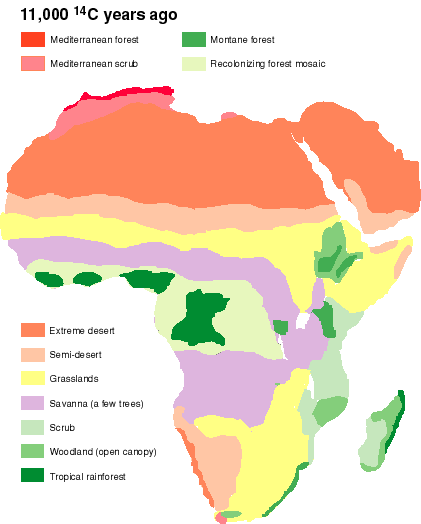It looks like you're using an Ad Blocker.
Please white-list or disable AboveTopSecret.com in your ad-blocking tool.
Thank you.
Some features of ATS will be disabled while you continue to use an ad-blocker.
1
share:
The fossilised bones of a group of prehistoric hunter-gatherers who were massacred around 10,000 years ago have been unearthed 30km west of Lake Turkana, Kenya, at a place called Nataruk.
Researchers from Cambridge University's Leverhulme Centre for Human Evolutionary Studies found the partial remains of 27 individuals, including at least eight women and six children. Twelve skeletons were in a relatively complete state, and ten of these showed clear signs of a violent death: including extreme blunt-force trauma to crania and cheekbones, broken hands, knees and ribs, arrow lesions to the neck, and stone projectile tips lodged in the skull and thorax of two men. Several of the skeletons were found face down; most had severe cranial fractures. Among the in situ skeletons, at least five showed "sharp-force trauma," some suggestive of arrow wounds. Four were discovered in a position indicating their hands had probably been bound, including a woman in the last stages of pregnancy. Fetal bones were uncovered.
archaeologynewsnetwork.blogspot.jp...-GZp95dg
This is something I had not expected as I like most others associate Hgs as relatively peaceful we may want to rethink that, 10,000 yrs ago the younger Dryas was still in play

This map doesn't exactly match up to the 10,000 yrs ago find for the remains I think in geological time it maybe negligible, but the picking may have been slim enough to go to war over.
new topics
-
Bizarre Labour Party Tic Toc Video Becomes Even More Embarrassing
Regional Politics: 58 minutes ago -
Potter to WHU
World Sports: 6 hours ago -
Dr. Demento
Music: 8 hours ago -
The elephant in the room (wearing a hoodie)
US Political Madness: 8 hours ago
1
